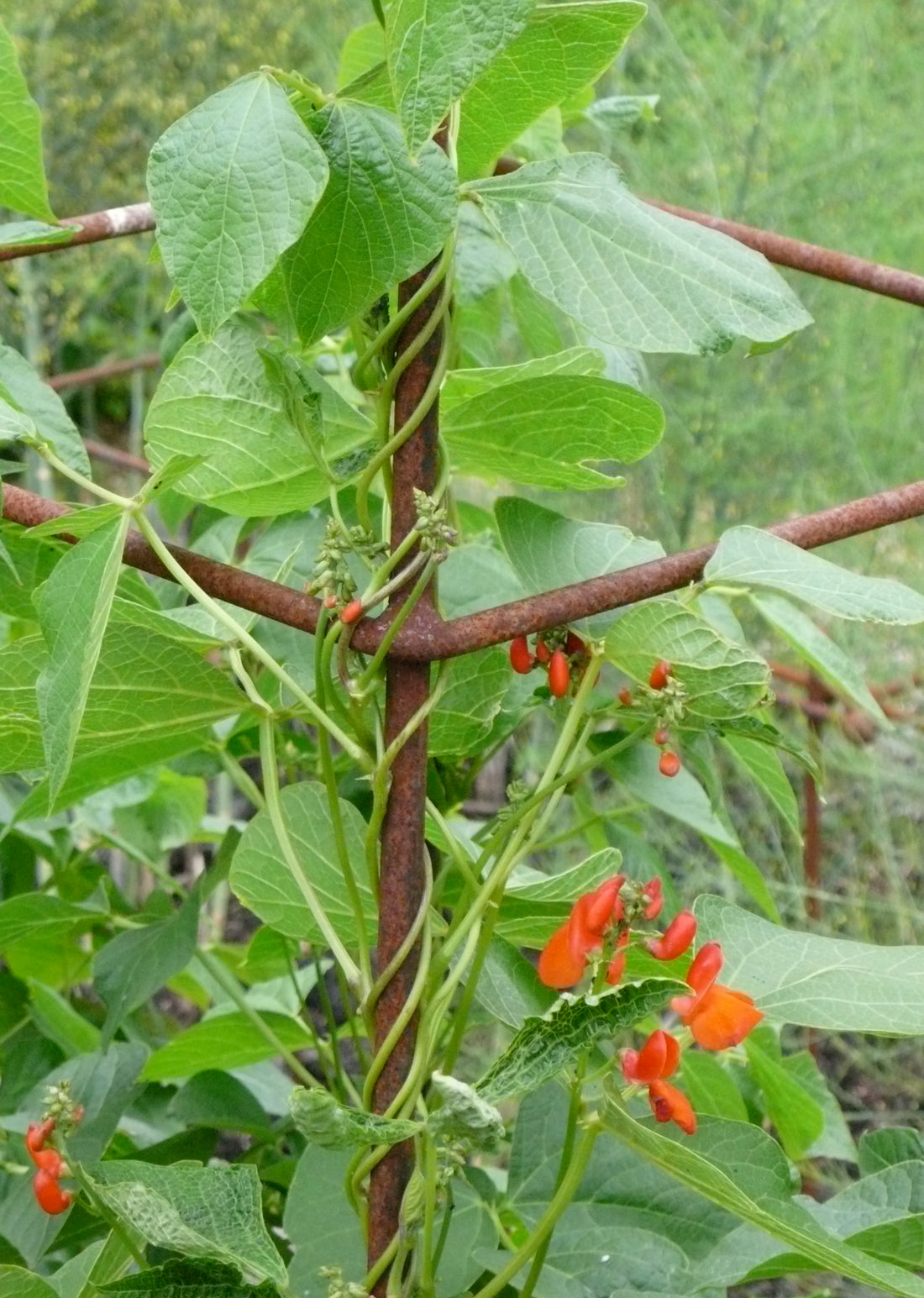
When to Plant Runner Beans - The Ultimate Guide
Lesley Ann SandbachAs a keen gardener, I always look for the best time to plant different vegetables. And runner beans are one of my favourites!
With their delicious taste and high nutritional value, I have them in my garden every year.
But the question is, when to plant runner beans? After years of experimenting, I have come up with the ultimate guide to when to plant runner beans. So, let's dive in!
Understanding the Basics of Runner Beans
Runner beans, also known as pole beans or climbing beans, are a popular and versatile vegetable that can be grown in many climates. Here's a quick overview of the basics:
- Choose a sunny spot in the garden with well-drained soil.
- Plant runner beans in the spring when the soil has warmed up.
- Give the beans a sturdy support to climb on, such as obelisks or poles.
- Water regularly, keeping the soil moist but not soggy.
- Enrich the planting area with compost or well-rotted manure before planting, and use a balanced fertiliser during the growing season.
- Harvest the pods when firm, crisp, and blemish-free, around 8-12 weeks after planting.
- Store runner beans in a perforated bag in the refrigerator for a short period.
- Prepare runner beans by removing strings along the edges of the pods and cutting them into desired lengths.
- Cook runner beans by steaming, boiling, stir-frying, or adding them to soups and stews.
When to Plant Runner Beans: Choosing the Right Time

Runner Beans Plants
Runner beans are typically planted in the spring when the soil has warmed up. The exact timing may vary depending on your specific location and climate.
It is recommended that you wait until the danger of frost has passed and the soil temperature reaches around 50°F (10°C) before planting runner beans. This is usually around late spring or early summer. Planting at the right time ensures optimal growth and a successful harvest of runner beans.
Here is the process of planting runner beans:
- The first step is preparing the soil. I till the earth to loosen it and add compost as fertiliser. Runner beans need nutrient-rich soil to thrive.
- Once the soil is ready, it's time to set up the supports. Traditionally, runner beans have been grown on tall bamboo poles or netting for the vines to climb up. The poles are arranged in two parallel rows spaced 3 feet apart. I prefer to grow mine up our tall square obelisks - they are attractive in the vegetable garden and much more sturdy than wigwams, which tend to collapse as the season goes on.
- With the supports in place, I can start planting. For beans grown up poles, create shallow trenches down the centre of each row, about 1 inch deep. The rows should be spaced 30 inches apart.
- I drop 2-3 runner bean seeds into each section of the trench, spacing them 6-8 inches apart; for beans on obelisks, I push in 3 or 4 seeds at the base of each leg. Then, I cover the seeds with soil and firmly tamp them down.
- Watering after planting is crucial. I give the soil a thorough soaking to settle it around the seeds. Keeping it consistently moist will help quick germination.
- Within 10-14 days, the first shoots will emerge. As the seedlings establish, I continue regular watering.
- As the vines grow up the obelisk, I encourage them to spiral round their support. Soon,the flowers appear, followed by the first slender pods.
- The beans will continue producing all summer with regular care and ideal growing conditions. Successive plantings allow me to harvest well into autumn.
Remember to support your runner beans with plant supports such as round or square obelisks, as they are vigorous climbers. So, mark your calendars and get ready to enjoy a delicious and nutritious crop of runner beans!
Conclusion
In my experience, planting runner beans is a rewarding and enjoyable gardening endeavour. From choosing the right location to preparing the soil, there are a few critical steps for success.
You can ensure a bountiful harvest of delicious runner beans by sowing the seeds at the right time and providing adequate support as they grow. Remember, gardening is a continuous learning process, so don't be discouraged if you encounter challenges.
With patience and dedication, you'll be enjoying homegrown runner beans in no time. And don't forget to check out Munton's Traditional Plant Supports for the right support for your plants!
Frequently Asked Questions
What month can I plant runner beans?
You can start sowing runner bean seeds under cover from April onwards. You can also sow them directly into the garden in May-July once the soil has warmed up. It's a good idea to sow two seeds per hole to ensure you have a replacement if one fails to germinate.
Is it too late to plant runner beans in June?
It's not too late! You can still grow runner beans by planting seeds in pots, root trainers, or old toilet roll tubes in April and then transplanting them in late May. Alternatively, you can sow the seeds directly into the ground in May and early June.
Is it best to soak runner beans before planting?
Yes, soaking the seeds in warm water for 24 hours before planting is best to speed up germination. Make sure only to soak them for that short time. Plant the seeds shallowly in firm soil, cover them with a thin layer of soil, and keep the soil moist until the seedlings emerge.
